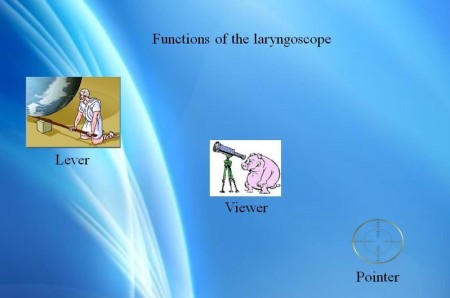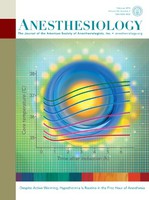TECHNICAL EXECUTION
Operator Position: At the head of the patient as for a normal intubation
Patient Position: Position sniffing
Distance Operator-Patient: The plane of the operating table should be placed as low as possible to limit the curves of the flexible bronchoscope.
Bronchoscope: You use a traditional bronchoscope of 5.6 mm. in diameter and lengt from 50 to 60 cm.
The bronchoscope is from the spindle to the tracheal tube spiral which is fitted into the outlet cone of the fiber optic eyepiece. (Photo 1 )
Induction of Anesthesia
Preoxygenation for three minutes with 100% O2
Administration of the standard sequence (Midazolam-Fentanyl-Propofol)
Check the ventilability face mask
Administration of the muscle relaxant
Ventilation with a face mask for three minutes.
Laryngoscopy with Laryngoscope McIntosh
You make the traditional laryngoscopy stopping the laryngoscope in
position in which there is the maximum display.
The laryngoscope is held in this position by the assistant.
It 'important that this position is maintained.
The function of the laryngoscope is threefold: Lever-Viewer-Pointer
( Videoclips Demo Intubation and Demo C-Mac )
Bronchoscopy
Left hand holding the bronchoscope with your thumb on the lever guide (photo 2)
Right hand directs optical fibers taken between the first and third finger. (Photo 3)
The bronchoscope with the tip pointing upwards (photo 4) is introduced along the blade of the laryngoscope of McIntosch that acts as a guide and as pointer.
Once past the vocal cords is the tip pointing downwards and the instrument introduced up to the lower third of the trachea by displaying the carina. The tracheal tube is done then scroll through the bronchoscope and positioned under visual control. ( Videoclip Demo Bronchoscope )



















